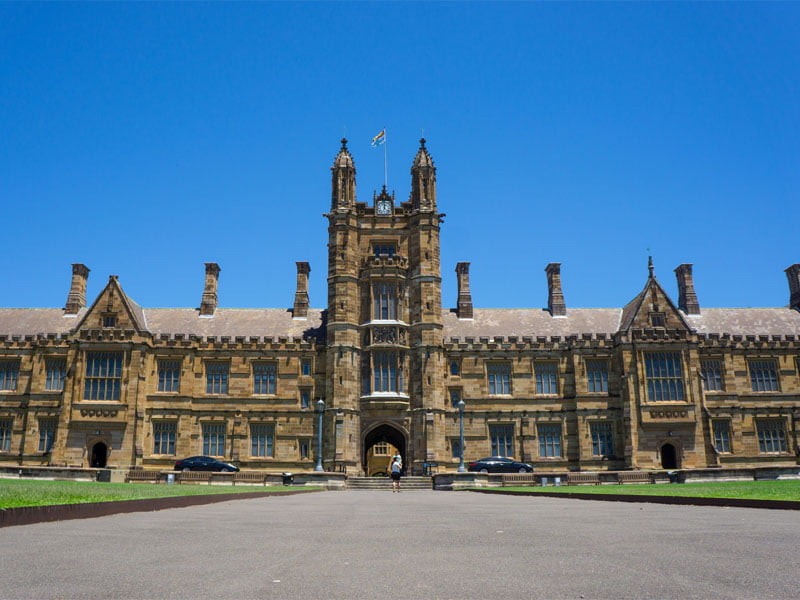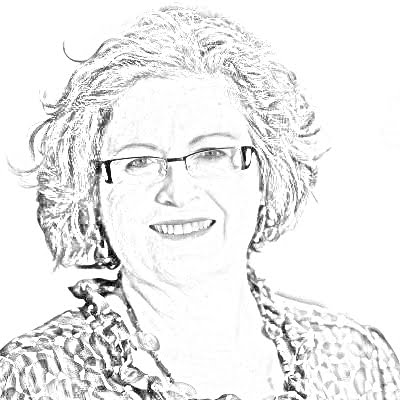Australia’s universities open their doors to a new crop of around 84,800 undergraduates from this week; demand for IT courses is proving “steady but not spectacular.”
There has been a slow upward trend in terms of ICT degree applications since 2009. Demand tanked in the post Y2K, post dot-bomb era – but it has slowly improved. The question is, will the quantity and quality of IT graduates be enough to fuel the nation’s innovation ambitions?
In 2015 7,031 new students enrolled in ICT degrees – 7.9 per cent more than in 2009. However while applications to study ICT rose 1.4 per cent in 2015, offers actually dipped by 3.4 per cent compared to 2014.

RMIT associate professor James Harland said that demand this year has been “steady rather than spectacular,” and as a consequence the ATAR entry level has not changed greatly. The highest ATAR required to study an IT course at RMIT was 83, he said, noting that was more of a reflection of the generous number of places available than indicative of the calibre of student applying.
ATARs are a blunt instrument for gauging success in tertiary studies. While smart students tend to score higher ATARs, a course with a lower ATAR requirement does not indicate it’s an “easy” course – rather it’s a reflection of supply and demand.
Where there is greater demand for a course compared to the place available the ATAR required will be high; lower demand for a course will often be reflected in lower ATAR cut offs.
This year a student wanting to get into advanced computing at ANU needed an ATAR of 99, where an ATAR of 65 would get someone into a bachelor of computer science at Charles Sturt University.
The vast majority of IT undergraduate courses call for ATARs in the 75-80 range.
Demand for the University of NSW’s Bachelor of Information Systems has risen substantially since 2010 and demand for the combined Bachelor of Commerce, Bachelor of Information Systems course has tripled according to Professor Patrick Finnegan, head of the School of Information Systems Technology and Management at the UNSW Business School.
While the official ATAR cutoff this year for the Bachelor of IS was 90, “Most students have 96 and above,” he said.
Prof Finnegan said that keeping the ATAR high was a “very conscious decision. Our industry partners are keen for very good quality ATARs.”
Universities Australia Chief Executive Belinda Robinson last week noted that; “An ATAR tells you something about a student’s ability to achieve at school, but it doesn’t tell you everything.”
She welcomed Education and Training Minister Senator Simon Birmingham’s recent announcement about changes to a panel investigating the transparency regarding university admissions, and also the addition of Dr Krystal Evans, CEO of BioMelbourne Network, boosting the panel’s STEM chops.
While the sheer number of ICT undergraduates is growing slowly, there is a change in attitude Prof Harland welcomed.
Where an ICT degree was once viewed by undergraduates as a stepping stone toward working in a Google or a Microsoft, Prof Harland said that they was an accelerating trend toward a more entrepreneurial mindset among undergraduates. They now saw ICT as a stepping stone toward “a career in innovation” which he said was a welcome change.
It also helped attract undergraduates with “a more interesting problem solving mentality.”
He acknowledged, however, that posed some challenges for universities in terms of what was being taught given that they were “slow moving battleships”.
Dave Curran, CIO of Westpac said last week that he would like to see graduates emerge from universities with “more relevant skills,” and greater business acumen to sit alongside the technical skills learned at universities.
John Ridge, executive director of the ACS Foundation, which has put 5,500 students through its workplace experience scheme since it was founded in 2001, says that graduates of the programme do come equipped with workplace skills and that employment placement rates among the cohort are close to 100 per cent.
Mr Ridge sees a university degree as being “more about education than getting vocational skills” and argues it’s simply not possible for university curricula to march to technology’s beat.
“To change a (university) course is complex and can take three to five years,” said Mr Ridge. Instead of being taught current trends Ridge argues that universities need to maintain their focus on instilling fundamental understanding about technology that will withstand fads and trends.
But he said that that industry experience gained during the undergraduate years was what made ACS Foundation graduates particularly prized.
“Academics can churn graduates through like a sausage machine. It’s the industry experience that’s important.
“A lot of people in industry point to the universities and say we aren’t getting the graduates we need, we will have to look overseas. You have got to give people enough knowledge to get them started and then they will learn all the way through their career,” said Mr Ridge, who added that around 300 companies had been involved in the programme since inception, providing students with on-the-job experience before they graduated.
Westpac is just one organisation involved in that initiative. But whatever the quality of graduates, CIO Dave Curran says that despite their best efforts universities are still not turning out the quantity of IT graduates that the nation needs. “But I don’t lay the blame with the universities, the problem started way before that. We have to embrace STEM.
“Kids are living and breathing technology but we are not encouraging them to learn it.” Parents, he said, needed to encourage schoolchildren to consider STEM careers.
Prof Finnegan confirmed that UNSW’s industry partners regularly complained that they could not recruit enough talented graduates locally. “There is demand across the business sector and it’s hard to see how the numbers we are taking in can satisfy that,” he said.
Do you know more? Contact James Riley via Email.

